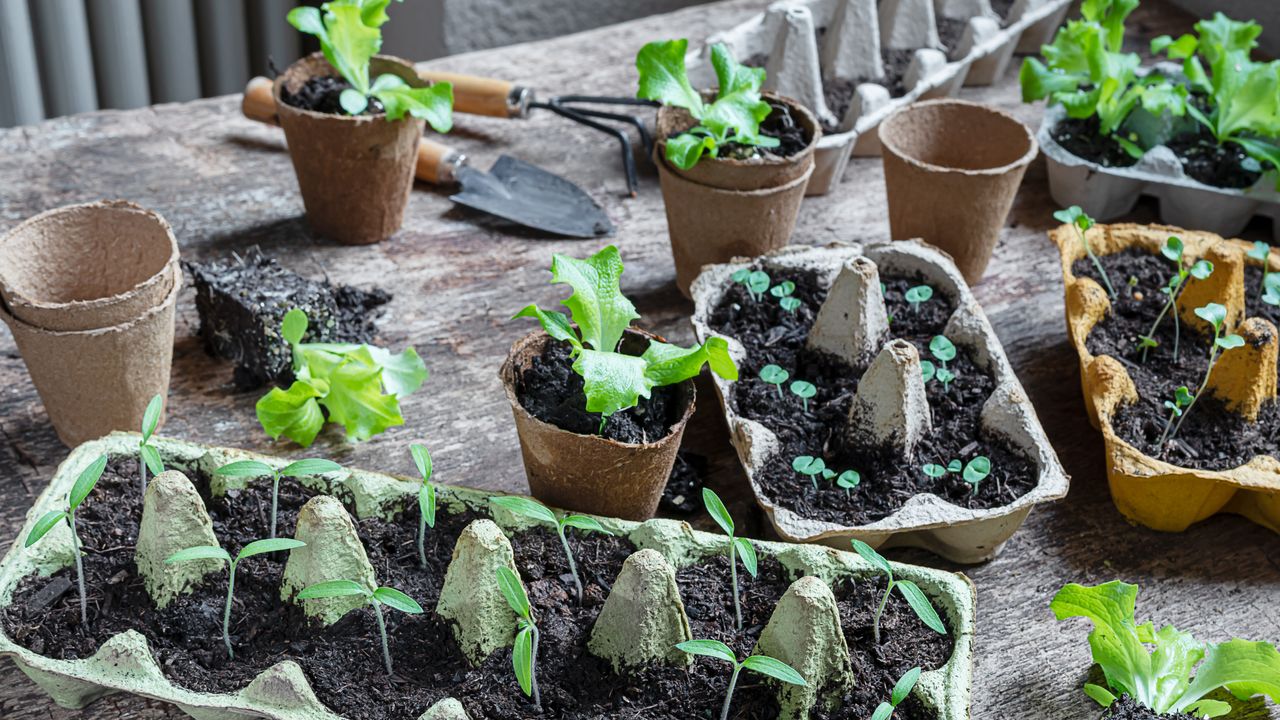The Circular Economy: Transforming Consumption and Design
Welcome to the era of the circular economy, where the traditional linear model of “take, make, and dispose” is being replaced by a more sustainable and regenerative approach. In this article, we will explore the concept of circular consumption, the principles of circular design, and the metrics used to measure the success of a circular economy.
Circular Consumption: Closing the Loop
Circular consumption is all about creating a closed-loop system, where products and materials are reused, repaired, or recycled instead of being thrown away. It aims to minimize waste and maximize resource efficiency. By embracing circular consumption, we can reduce the environmental impact of our daily lives and create a more sustainable future.
One way to promote circular consumption is through the concept of “reduce, reuse, and recycle.” By reducing our consumption, reusing products, and recycling materials, we can extend their lifespan and minimize waste. This can be as simple as using a refillable water bottle instead of buying single-use plastic bottles or repairing a broken appliance instead of replacing it.
Another aspect of circular consumption is the sharing economy, where resources are shared among individuals or communities. Platforms like car-sharing services, tool libraries, and clothing swaps enable people to access what they need without owning it outright. This not only reduces the demand for new products but also fosters a sense of community and collaboration.
Circular Design: Rethinking Product Lifecycles
Circular design is about reimagining the way products are made and consumed. It involves designing products with the intention of minimizing waste, maximizing durability, and facilitating repair, reuse, and recycling. By considering the entire lifecycle of a product, from sourcing materials to end-of-life disposal, circular design aims to create a more sustainable and circular economy.
One key principle of circular design is the use of renewable and recyclable materials. By opting for materials that can be easily recycled or biodegraded, we can reduce the environmental impact of our products. Designing for disassembly is another important aspect, where products are designed in a way that allows for easy separation of different components, making repair and recycling more feasible.
Product-as-a-Service (PaaS) is another innovative approach to circular design. Instead of selling products, companies offer them as a service, where customers pay for the use or performance of a product rather than owning it. This model encourages manufacturers to design products that are durable and easy to maintain, as they remain responsible for the product’s performance throughout its lifecycle.
Circular Economy Metrics: Measuring Progress
Measuring the success of a circular economy requires the use of specific metrics that go beyond traditional economic indicators. Circular economy metrics aim to capture the environmental and social impact of our consumption and production patterns. Here are a few key metrics used to assess progress:
- Material Circularity Rate: This metric measures the proportion of materials that are recycled or reused compared to the total amount used. A higher material circularity rate indicates a more circular economy.
- Waste Diversion Rate: This metric calculates the percentage of waste that is diverted from landfill through recycling, composting, or other forms of waste management. A higher waste diversion rate signifies a more sustainable waste management system.
- Product Lifetime: This metric measures the average lifespan of a product before it becomes waste. Increasing the product lifetime helps reduce the overall environmental impact.
- Jobs in Circular Economy: This metric assesses the number of jobs created in sectors related to the circular economy, such as recycling, repair, and remanufacturing. It highlights the potential for job growth and economic development in a circular economy.
By tracking these metrics and others, policymakers, businesses, and individuals can gauge their progress towards a more circular economy and identify areas for improvement.
As we strive for a more sustainable future, embracing circular consumption, circular design, and measuring our progress through circular economy metrics will play a crucial role. By adopting these principles and practices, we can create a world where waste is minimized, resources are conserved, and the well-being of both people and the planet is prioritized.
